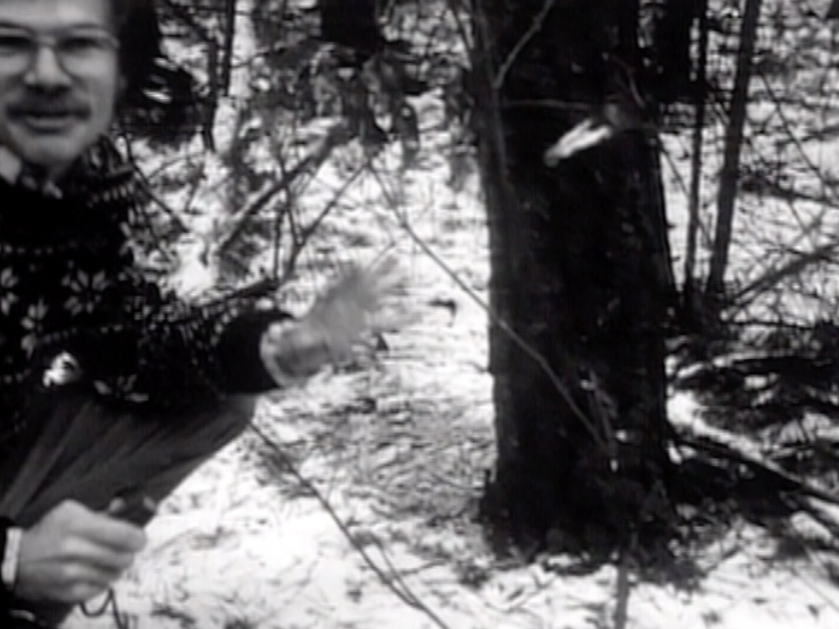
'Silverlake Life:
the View From Here'
Entertainment Weekly review
Reviewed by Lisa Schwarzbaum
When Mark Massi developed full-blown AIDS in 1989, filmmaker Tom Joslin set out to document his lover's illness in a video diary. (Joslin had already produced the documentary Blackstar: Autobiography of a Close Friend in 1976, about his homosexuality, in which Massi appeared.) Then Joslin, too, became sick and the diary expanded to record the inexorably ebbing lives of both men, lives in which a walk in the park near their home in Los Angeles' Silverlake neighborhood or a trip to the market sapped their energy but not their love for each other. As Joslin failed faster, Massi took up the filming, recording the details the feeding, the affectionate chats, the wasting flesh, the last visits from friends and family. He filmed clear through Joslin's death (in 1990) and cremation and memorial. Then, as Massi weakened (he died in 1991), Peter Friedman, a former filmmaking student of Joslin's, inherited the project to shoot, edit, and complete. Joslin and Massi were both 43 years old when they died.
The result is a glory of documentary-making and an important addition to the defiant stockpile of AIDS-inspired art being created in these modern Plague Years: Silverlake Life: The View From Here is intimate and dry-eyed, charming and powerful, idiosyncratic and wrenching. It's also, at times, blessedly comic and light. The grace of the film, which won the Grand Jury Prize at the Sundance Film Festival, is in its ability to mix dying with living-deftly, wittily, superbly so that we come to know these men as full individuals, and come to honor their 22 years together, mourn their loss, and give thanks for this legacy. All of which probably sounds dangerously high-falutin'. But don't be frightened. The fact is, in Silverlake Life nothing human is alienating. A+
